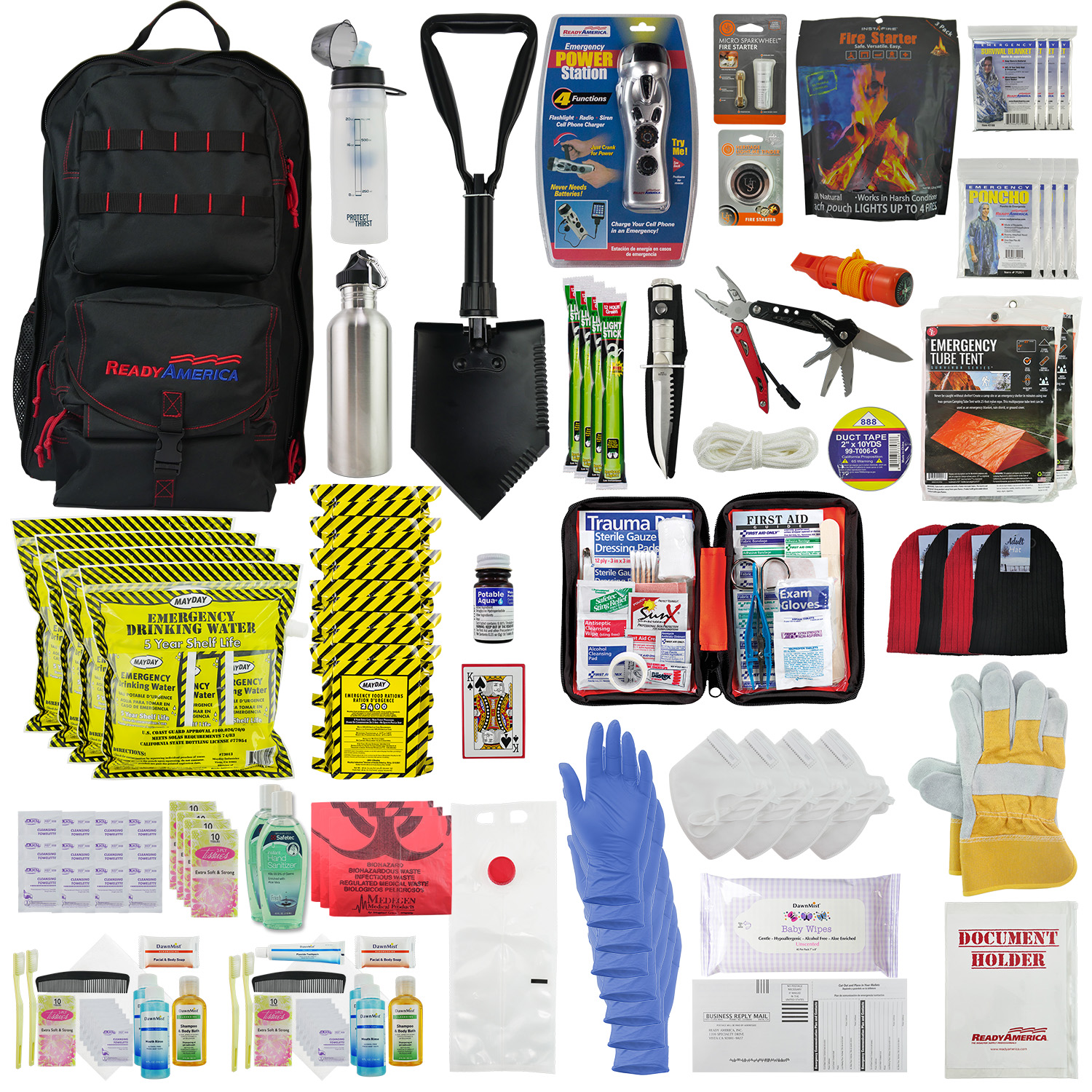Emergency Preparedness: Building a Safer, Stronger Community Together
Just How to Develop a Comprehensive Emergency Situation Readiness Strategy
In the realm of preparedness, creating a thorough emergency situation strategy is not merely a job to inspect off a list; it is an important cornerstone of any kind of organization or individual's strength technique. By meticulously crafting a strategy that attends to various elements of emergency management, consisting of risk analysis, communication methods, resource allocation, and calculated decision-making, one can lay a solid structure for protecting lives, properties, and operations.
Value of Emergency Situation Readiness
Emergency situation preparedness is vital for alleviating potential dangers and guaranteeing the safety and security of individuals and neighborhoods. In today's world, where all-natural disasters, public health and wellness crises, and other emergency situations can strike without caution, being prepared can make a considerable distinction in minimizing the effect of these occasions. By having a well-balanced emergency readiness strategy in place, people and companies can respond efficiently, shield lives, and decrease residential or commercial property damages.
Among the key factors why emergency preparedness is vital is its duty in conserving lives. Having a strategy that details clear treatments for emergency, evacuation, and communication reaction can help individuals act promptly and decisively when emergencies take place (you could check here). This can protect against injuries and fatalities by making certain that individuals recognize what steps to take to remain safe
In addition, emergency situation preparedness boosts the resilience of areas. By promoting a culture of preparedness and planning for numerous circumstances, neighborhoods can jump back more quickly from disturbances and disasters. This durability is essential for maintaining stability, connection of procedures, and total wellness despite adversity.
Assessing Prospective Dangers
Thinking about the importance of being prepared for unanticipated occasions, the first step in developing an efficient emergency preparedness plan includes completely reviewing and analyzing potential risks. This assessment requires an extensive review of all possible hazards that could affect the organization, taking into account factors such as location, industry, and historic information on occurrences. By recognizing these threats, companies can prioritize their readiness initiatives and allot sources successfully to mitigate the most substantial risks.
Typical threats that organizations may face consist of natural calamities like quakes, floodings, or hurricanes, technological risks such as power failures or data violations, in addition to human-caused risks like crashes or willful acts of violence. Conducting a threat evaluation also involves considering the possible effect of these events on the company's procedures, employees, consumers, and track record. By carrying out a detailed threat evaluation, companies can establish tailored emergency situation reaction plans that resolve their particular susceptabilities and guarantee reliable preparedness for any type of potential dilemma.
Creating an Interaction Strategy
Establishing a clear and comprehensive communication plan is essential for efficient emergency readiness within companies. In times of crisis, communication plays a critical function in ensuring the safety and wellness of staff members, stakeholders, and the community. A well-thought-out interaction plan ought to lay out clear lines of interaction, assign crucial employees responsible for communication tasks, and develop protocols for distributing details promptly and accurately.
One key element of producing an interaction strategy is recognizing alternate and main communication channels visit this web-site (EMERGENCY PREPAREDNESS). These can include email, text messaging, phone trees, social media sites systems, and public address systems. It is crucial to guarantee that these networks are trusted, accessible, and consistently examined to guarantee their effectiveness during emergencies

Structure an Emergency Situation Package
Offered the vital importance of readiness in times of crisis, a vital element that companies should resolve is the establishment of an emergency situation set. When constructing an emergency situation package, it is vital to take into consideration the certain demands and situations of the company. Additionally, organizations must include essential records, such as get in touch with checklists, insurance coverage details, and emergency reaction strategies, in waterproof containers within the set.
Developing Evacuation Procedures
To make certain the safety and orderly discharge of personnel during emergencies, companies have to establish clear and reliable discharge treatments. Emptying procedures must encompass a variety of prospective situations, consisting of fires, natural catastrophes, or various other emergencies that require swift evacuation.

Additionally, organizations need to develop a system for accountancy for all workers throughout an evacuation to make certain that everyone has actually safely exited the facilities. Interaction plays a crucial duty in evacuation procedures, with clear directions on just how to evacuate and when to do so. Normal testimonial and upgrading of discharge treatments based on feedback and changing circumstances are important to maintaining the efficiency of the strategy.
Conclusion
Finally, establishing a thorough emergency readiness plan is important for making certain the safety and health of people in the event of a disaster (EMERGENCY PREPAREDNESS). By evaluating potential dangers, creating a communication plan, developing an emergency package, and establishing discharge companies, procedures and people can be much better furnished to react efficiently to emergencies. It is very important to prioritize preparedness initiatives to reduce the impact of calamities and shield lives and residential or commercial property
In the world of preparedness, developing an extensive emergency strategy is not just a job to check off a checklist; it is an important foundation of any kind of organization or person's strength approach. When emergency situations take place, having a plan that describes clear procedures for interaction, evacuation, and emergency reaction can assist people act swiftly and decisively. Read More Here. By conducting a comprehensive danger analysis, organizations can create tailored emergency situation response strategies that address their certain vulnerabilities and guarantee reliable preparedness for any kind of potential situation
Creating a extensive and clear communication strategy is essential for efficient emergency situation readiness within companies. By analyzing potential risks, producing a communication plan, building an emergency package, and developing discharge organizations, procedures and people can be better geared up to react properly to emergencies.